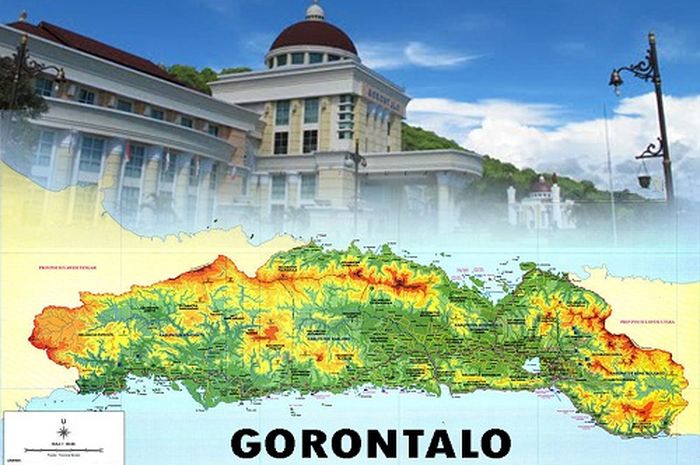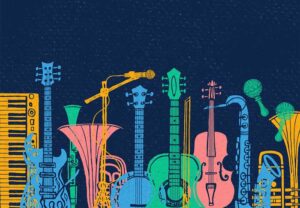
[ad_1]
Gorontalo is a province on the island of Sulawesi. This province was born on December 5, 2002 with regional autonomy during the reform era. This Province can be referred to as a new Province. But make no mistake, the Gorontalo tribe as the original tribe of Gorontalo Province has in fact had a high culture since ancient times. One of them is about Gorontalo’s traditional musical instruments.
Also Read: Traditional Musical Instruments of Central Sulawesi
This has been proven by the existence of some of the cultural heritage of their ancestors which has been preserved until now. One of the cultural heritages is a set of traditional musical instruments that have certain characteristics compared to other regional musical instruments.
Gorontalo Traditional Musical Instruments
What are the traditional musical instruments? Here we present 5 types of traditional musical instruments from Gorontalo province for you to know.
1. Polopalos

Polopalo musical instrument is a traditional musical instrument from Gorontalo. This musical instrument is made of bamboo which is made like a gerputala. Even though the size is smaller, when viewed from the point of view of the shape, the polopalo is seen as the Gongga musical instrument from Sulawesi.
The way to play the Polopalo instrument is to be hit with a piece of wood or hit to the knee. The vibrations created from the blow produce a characteristic rhythmic sound.
Along with the changes, Palopalo was changed to produce a unique beat.
Modifications were made by making other Polopalo sizes, namely small and large. The smaller the size, the higher the sound it makes.
2. Drum
The Gorontalo drum is a Gorontalo musical instrument that is similar to the familiar drum instrument. This musical instrument is made of ox skin and a wooden stalk with an air cavity in the middle.
The ox skin is stretched in the 2 parts of the cavity of the wood, then pegs around it using wooden pegs. The Gorontalo drum is mentioned as an instrument that needs to be in every art performance in the Gorontalo tribal region.
3. Gambus

Did you know that Gorontalo is often called the “porch of the medina” area? This gives a strong will to the impact of Islamic culture at the time of Islam in this area. Because the impact of Islam was so strong in the Gorontalo region, the art of performing Marawis music was created.
In Gorontalo, the gambus instrument is better known as the gambusi. Even though the names are not the same, both of them have similarities in terms of the form or steps to play them.
4. Marwas

The next Gorontalo musical instrument that has something to do with Islam is the marwas. Marwas has a round shape and on each side is covered with animal skin which is stretched using straps.
There are two sounds produced from this instrument, namely the sound of dung and pack. The 2 sounds can be made by being hit with other strokes.
5. Wahulo

The Wahulo instrument is very similar to the usual tambourine instrument, the only difference being that it has a slightly larger shape and a string formation made of rattan.
This musical instrument is not only popular in Indonesia, but many foreign countries also play this instrument, such as France, Australia, Canada and Bangladesh.
Closing
Gorontalo traditional musical instruments are indeed not as many as Balinese musical instruments. However, the number of musical instruments owned by Gorontalo does not prevent us from preserving these musical instruments.
Thus the information related to traditional musical instruments from the province of Gorontalo. Hopefully what you read will be useful in increasing knowledge in the art of music. And don’t hesitate to provide feedback, criticism or opinions for the development of this blog.
